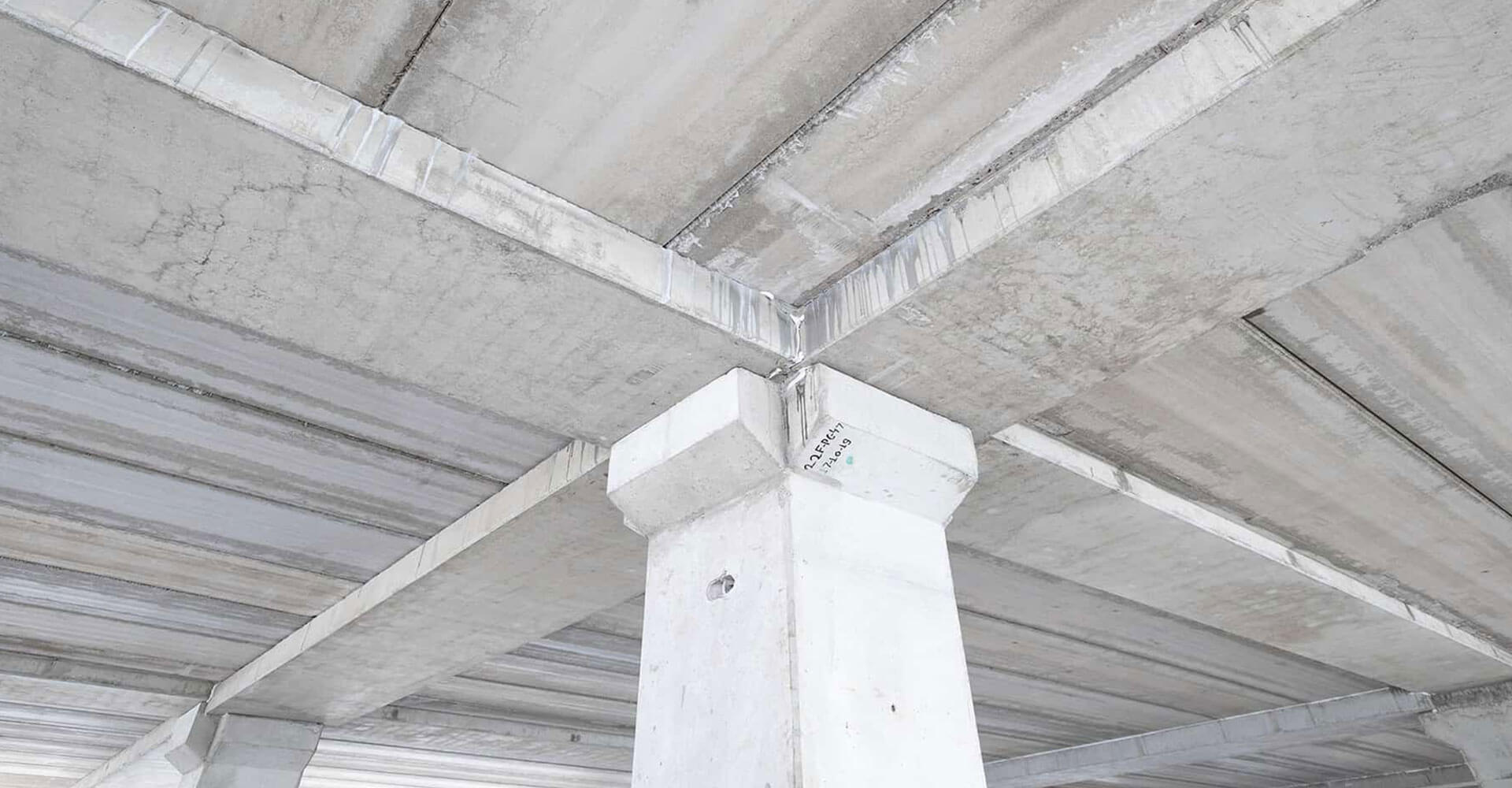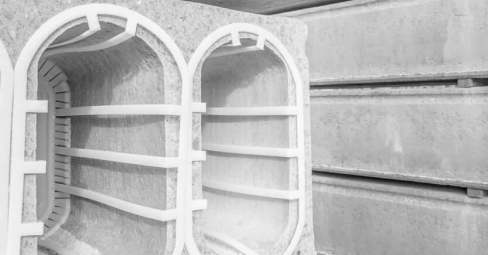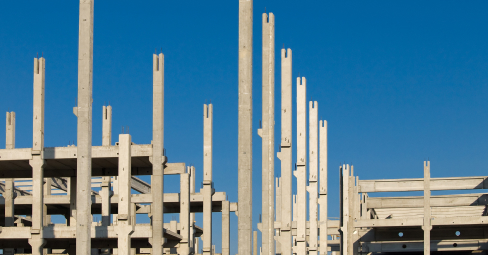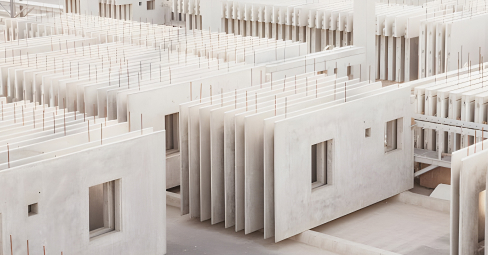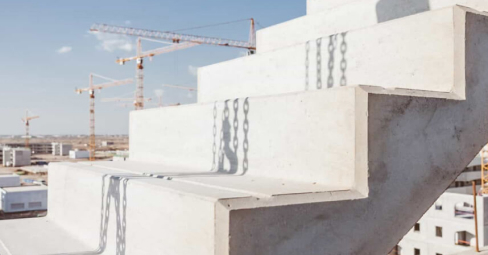Precast beams engineered
to bear heavy loads
Precast beams and rafters offer exceptional capacity to bear loads along with significant architectural flexibility. They are generally produced indoors with high-strength concrete, enabling a reduction in reinforcement steel. The cross-section of a precast beam will depend on its location within a structure, its purpose, and how it is connected to other structures.
Alternatively, precast beams may have projections on one or both sides to support secondary structures, such as floor slabs or staircases, or to carry brickwork or cladding.
Proven advantages of
precast beams
Excellent space efficiency
Precast beams allow for reduced structural depth while maintaining a high load-bearing capacity. This means they can support heavy loads without being bulky or thick. As a result, they allow for more space in the building design, enabling slimmer structures.
Improved load distribution
Precast beams are designed to distribute the load evenly across their length. This helps in maintaining the structural stability of the building and reduces the risk of sagging or bending over time.
Furthermore, prestressing allows beams to be thinner while supporting longer spans, enhancing both material efficiency and structural performance. Unlike post-stressing done on-site, prestressing reduces labour, equipment needs, and construction time.
Weatherproof by design
Made from dense concrete, precast beams are built to withstand diverse weather conditions without compromising on strength or stability.
Fireproof
Precast beams offer fire resistance and maintain structural integrity during fire. This enhances safety and prolongs the durability of buildings, reducing the risk of collapse.

